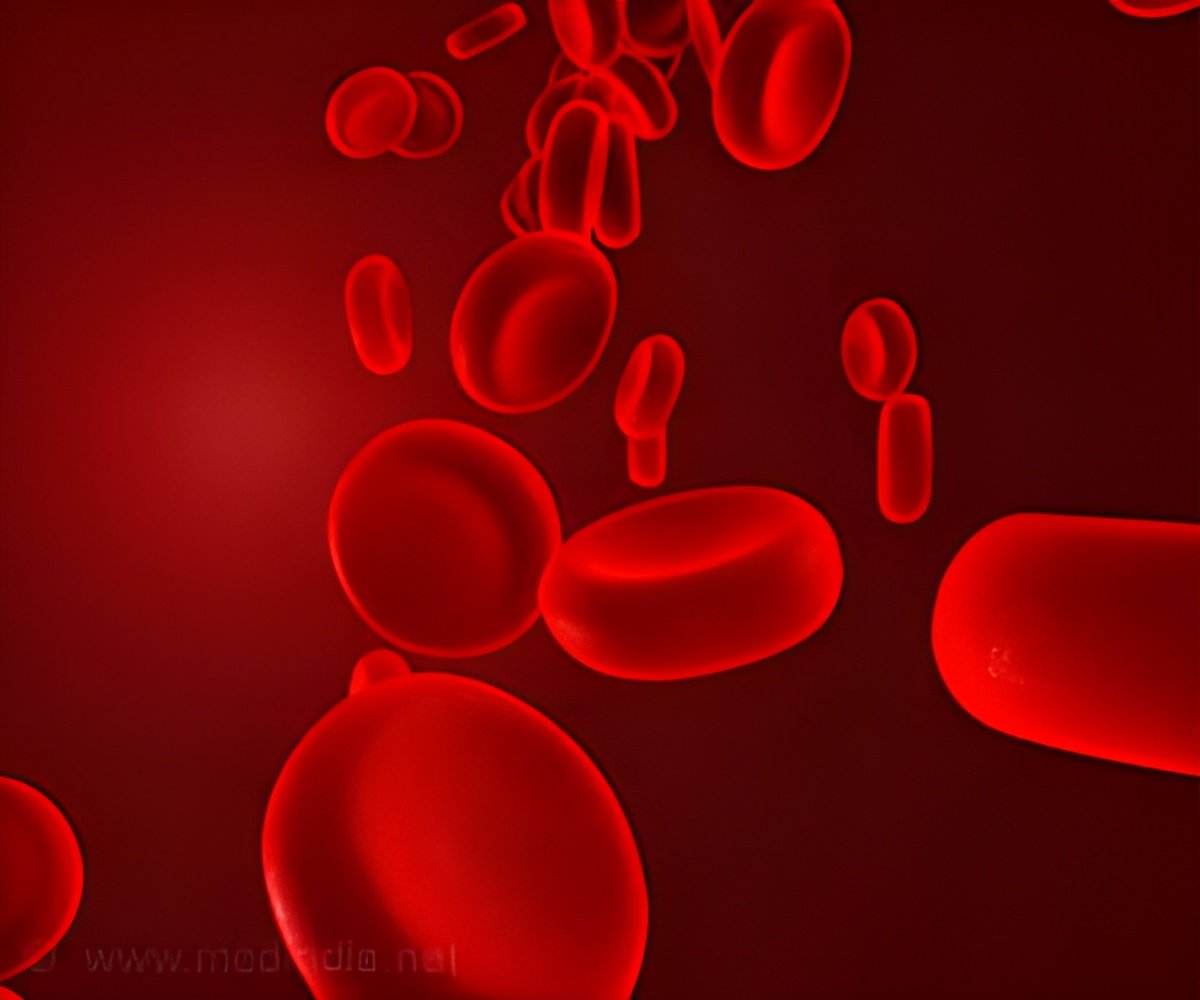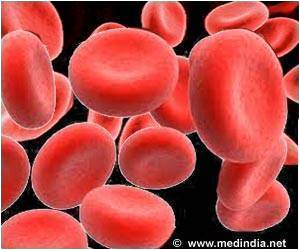Disorder in people that leads to production of excess red blood cells can be treated with Tempol, a new drug designed to treat diabetics, finds a new study.

Complications of Chuvash polycythemia include blood clots and cerebral hemorrhage. The condition results from a genetic mutation that makes people unable to break down hypoxia inducible factor 2α (HIF2α), a protein that helps stimulate red blood cell production. The inability to degrade HIF2α leads to higher red cell production, even under high-oxygen conditions.
In the current study, researchers at NIH’s Eunice Kennedy Shriver National Institute of Child Health and Human Development fed a diet containing Tempol to mice with Chuvash polycythemia. After three to six months, the animals’ red blood cell levels dropped, and the symptoms of their disease--reddish, swollen paws and snouts--went away. Next, the researchers housed normal mice in low-oxygen chambers for 23 days to mimic mountain sickness, and the animals developed polycythemia. Again, a diet containing Tempol reduced the animals’ red blood cell counts and accompanying symptoms.
Source-Eurekalert















